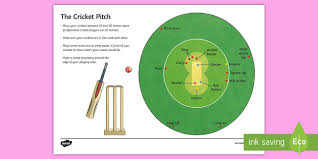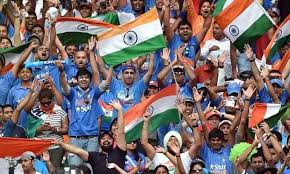
Cricket is more than just a sport; it is a cultural phenomenon that unites millions of people across continents. Originating in England during the 16th century, cricket has grown into a global game, with passionate followers in countries like India, Australia, Pakistan, England, South Africa, and the West Indies. Over time, cricket has evolved in terms of formats, playing styles, and its cultural significance, making it one of the most widely followed sports in the world.
Origins and History
The earliest references to cricket date back to the 1500s in southern England. It was initially played by children but quickly gained popularity among adults, especially in schools and universities. By the 18th century, cricket had become a well-organized sport with established rules and competitive matches. The Marylebone Cricket Club (MCC), founded in 1787, played a crucial role in formalizing the laws of the game.
Cricket was introduced to other parts of the British Empire during colonial times, which is why it became deeply rooted in countries like India, Australia, and the Caribbean. The first international match was played between the United States and Canada in 1844, while the first official Test match took place in 1877 between England and Australia.

Formats of the Game
Cricket is unique in that it has three main formats, each offering a distinct experience for players and fans alike:
- Test Cricket: The longest and most traditional format, Test matches are played over five days. They are considered the ultimate test of skill, endurance, and strategy.
- One Day Internationals (ODIs): Introduced in the 1970s, ODIs are limited to 50 overs per side and usually completed in a single day. They added a faster, more thrilling dynamic to the game.
- Twenty20 (T20): The shortest format, with just 20 overs per team, has revolutionized the sport. T20 cricket emphasizes entertainment, aggressive play, and fast-paced action. Leagues like the Indian Premier League (IPL) have played a significant role in its popularity.

Key Elements of the Game
Cricket is played between two teams of eleven players each. The game involves batting, bowling, and fielding. One team bats and attempts to score runs, while the other bowls and fields, aiming to dismiss the batters and limit the score. The team that scores more runs wins the match.
The pitch is a central strip of the cricket field, 22 yards long, where most of the action takes place. Bowlers aim to get batters out by hitting the wickets, catching them off a shot, or inducing mistakes. Batters, on the other hand, aim to score runs by hitting the ball and running between the wickets or hitting boundaries.

Cultural and Global Impact
In many countries, cricket is more than a sport—it’s a way of life. In India, for instance, cricketers are treated like celebrities, and matches often bring the entire nation to a standstill. The Cricket World Cup, held every four years, attracts billions of viewers worldwide and is one of the most watched sporting events on the planet.
Cricket has also been a platform for diplomacy and peace. The term “cricket diplomacy” has been used to describe efforts by countries like India and Pakistan to ease political tensions through cricket match

Conclusion
Cricket’s charm lies in its ability to blend tradition with innovation. Whether it’s the slow, strategic nature of a Test match or the explosive excitement of a T20 game, cricket caters to a wide range of audiences. As the game continues to expand globally, it maintains its essence: sportsmanship, skill, and the unifying spirit of competition.